The Charterhouse of Trisulti
2024
Trisulti Charterhouse is a monastery located in the municipality of Collepardo, in the province of Frosinone. It is recognized as a national monument in 1879.
You may also like
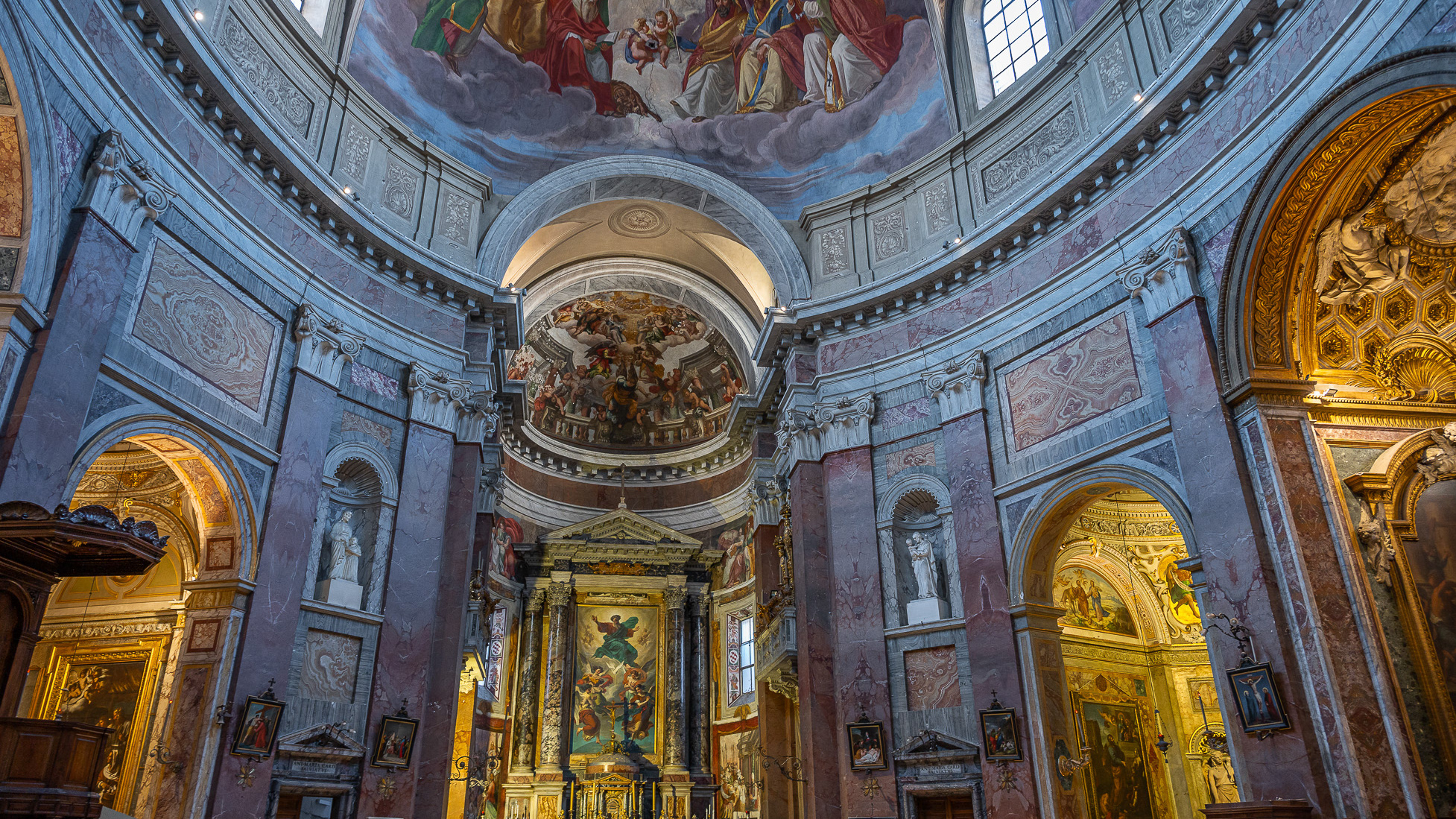
2023
Rome. Church of San Giacomo in Augusta
The church of S. Giacomo in Augusta is a Catholic place of worship in Rome, located in the Campo Marzio district, annexed to the homonymous hospital, also called S. Giacomo degli Incurabili
2023
Cassino. The Benedictine Abbey of Montecassino.
The abbey of Montecassino is a Benedictine monastery located on the top of Montecassino, in Lazio. It is the oldest monastery in Italy together with the monastery of Santa Scolastica.
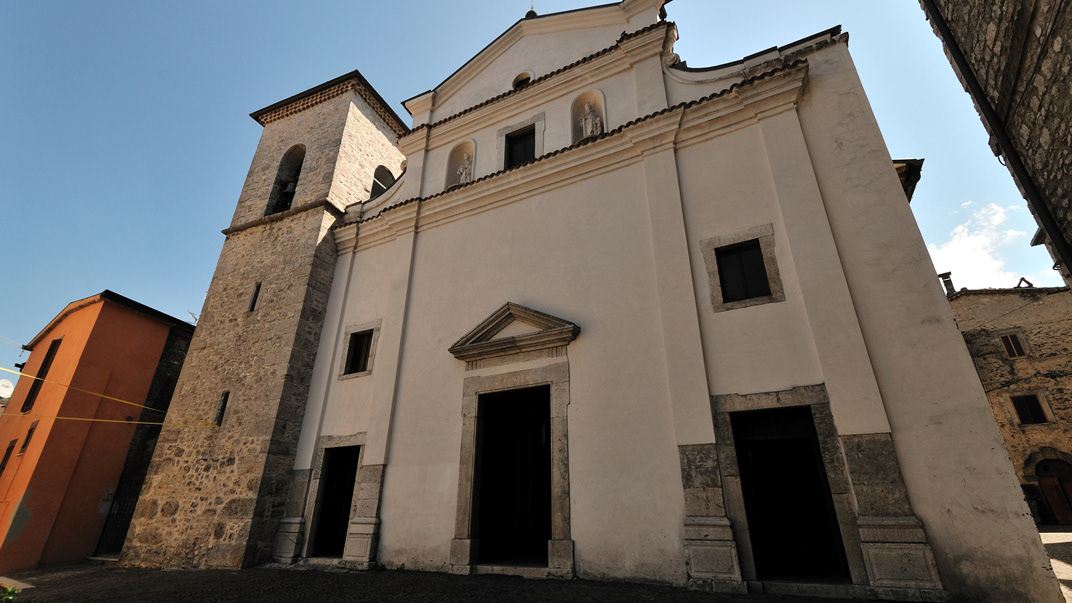
2015
Amaseno (FR)
Amaseno (IPA: amaˈsɛːno, locally Masè) is an Italian town of 4,352 inhabitants in the province of Frosinone in Lazio. Church of San Pietro Apostolo; it dates back to the 14th century, in fact it is mentioned in some documents concerning the payment of taxes. Over the centuries the church underwent various changes, until 1749. In 1944 due to the bombing of the Second World War it was damaged and had to be restored. Some parts of the church are in the Gothic style. It has three naves and an 18th century apse. Church of Santa Maria dell'Auricola; it is located on the Auricola hill on a height of 270 meters. It dates back to the 13th century, in fact the church is mentioned in some documents of Pope Honorius II towards the beginning of the 13th century. According to some hypotheses, the church was founded by Cistercian monks. In 1893 the church passed into the hands of some bishops, who in turn entrusted it to the Franciscan fathers who had it restored. Like many other churches in the area, it suffered a lot of damage in the Second World War. Now the church is in the hands of the Curia of Ferentino. Church of Santa Maria Assunta; consecrated in 1177, it was probably completed at the end of the 13th century, the year in which the pulpit made by Pietro and Giacomo Gullimari de Piperno (Priverno) is dated. The church, which shows numerous Cistercian features, both in the plan and in the architectural sculpture, preserves interesting medieval and modern works of art inside. It also possesses the prodigious Blood of San Lorenzo martyr which melts on the occasion of the feast (10 August)

2015
Posta Fibreno (FR) - The Nature Reserve
The Lago di Posta Fibreno regional nature reserve is one of the regional nature reserves established by the Lazio Region and managed in collaboration with the municipal administration of Posta Fibreno. It is famous for hiding a real floating island in the vegetation of the reeds, already mentioned by Pliny the Elder in his Naturalis historia. It was established in 1983. Managed in collaboration with the WWF until 1999, it is currently administered by the Lazio Region and the Municipality of Posta Fibreno which regulates the recruitment of personnel and the management of the budget. It extends for about 400 hectares completely within the limits of the municipal territory of Posta Fibreno, located on the Lazio side of the National Park of Abruzzo, Lazio and Molise in the Province of Frosinone and includes the surface of the homonymous lake (about 300 m asl), the southern and eastern shores, the banks of the Rio Carpello and part of the hilly area (max 500 meters above sea level) between the localities of Carpello and Vallone della Pica on the border with the municipalities of Campoli Appennino and Broccostella. The naturalization of the territory occupies an increasingly large area but the western shore of the lake is very urbanized due to the development of ancient rural settlements and a weak tourist reception activity (mainly catering). The hamlet of Casalvittoria grows to the south, joining the historic center of Posta Fibreno with the former Vandra state road and the Avezzano-Sora-Cassino highway.
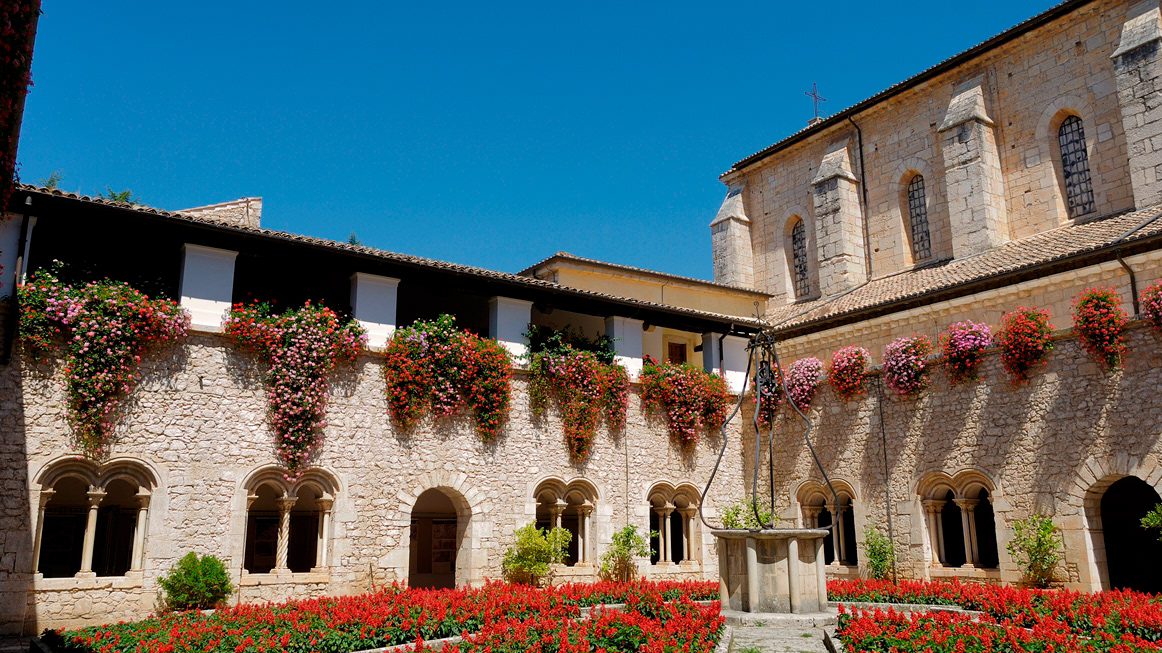
2015
Cistercian Abbey of Casamari (FR)
Casamari Abbey is one of the most important Italian monasteries of Cistercian Gothic architecture. It was built in 1203 and consecrated in 1217. It is located in the territory of the municipality of Veroli, in the province of Frosinone. In June 1957 Pope Pius XII elevated the abbey church to the dignity of a minor basilica.

2017
Marina di Minturno (LT) - Parte I
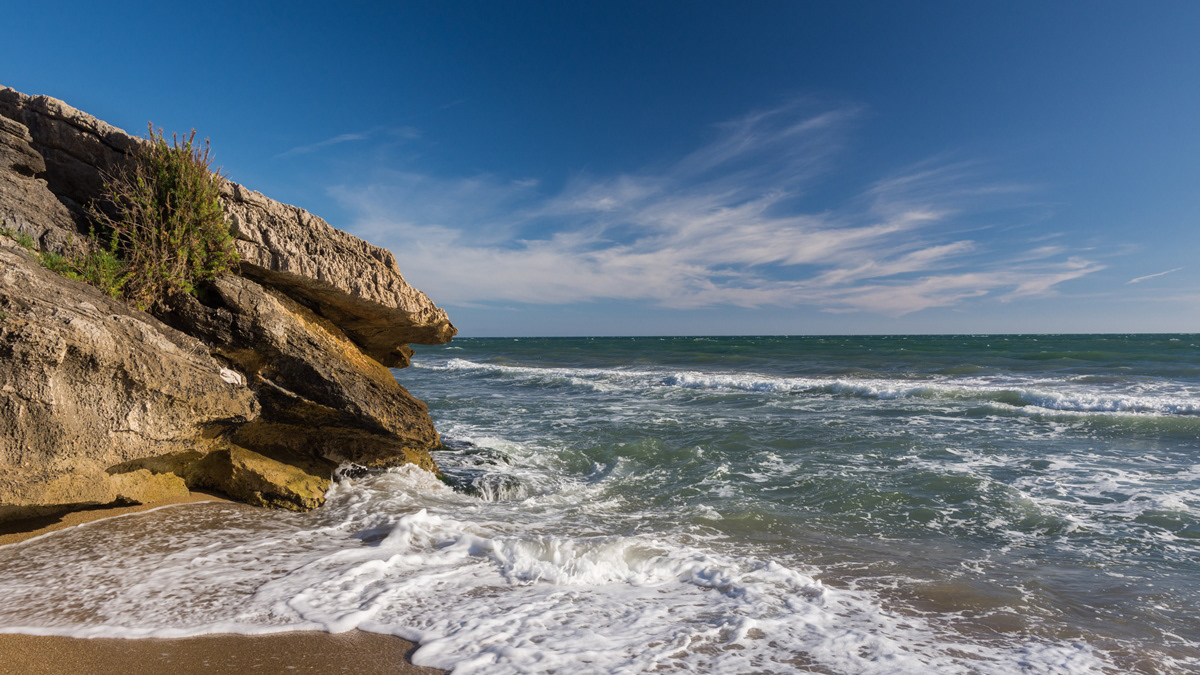
2017
Marina di Minturno (LT) - Parte V

2018
Gaeta (LT)
Gaeta is an Italian town of 20 545 inhabitants in the province of Latina in southern Lazio, belonging to the historical-geographical region of the Terra di Lavoro. It rises in the homonymous gulf on the Tyrrhenian Sea and is about 90 km from Naples and 120 km from Rome. The Garigliano and Volturno rivers flow into the Gulf of Gaeta, which extends from the Circeo promontory to Capo Miseno.
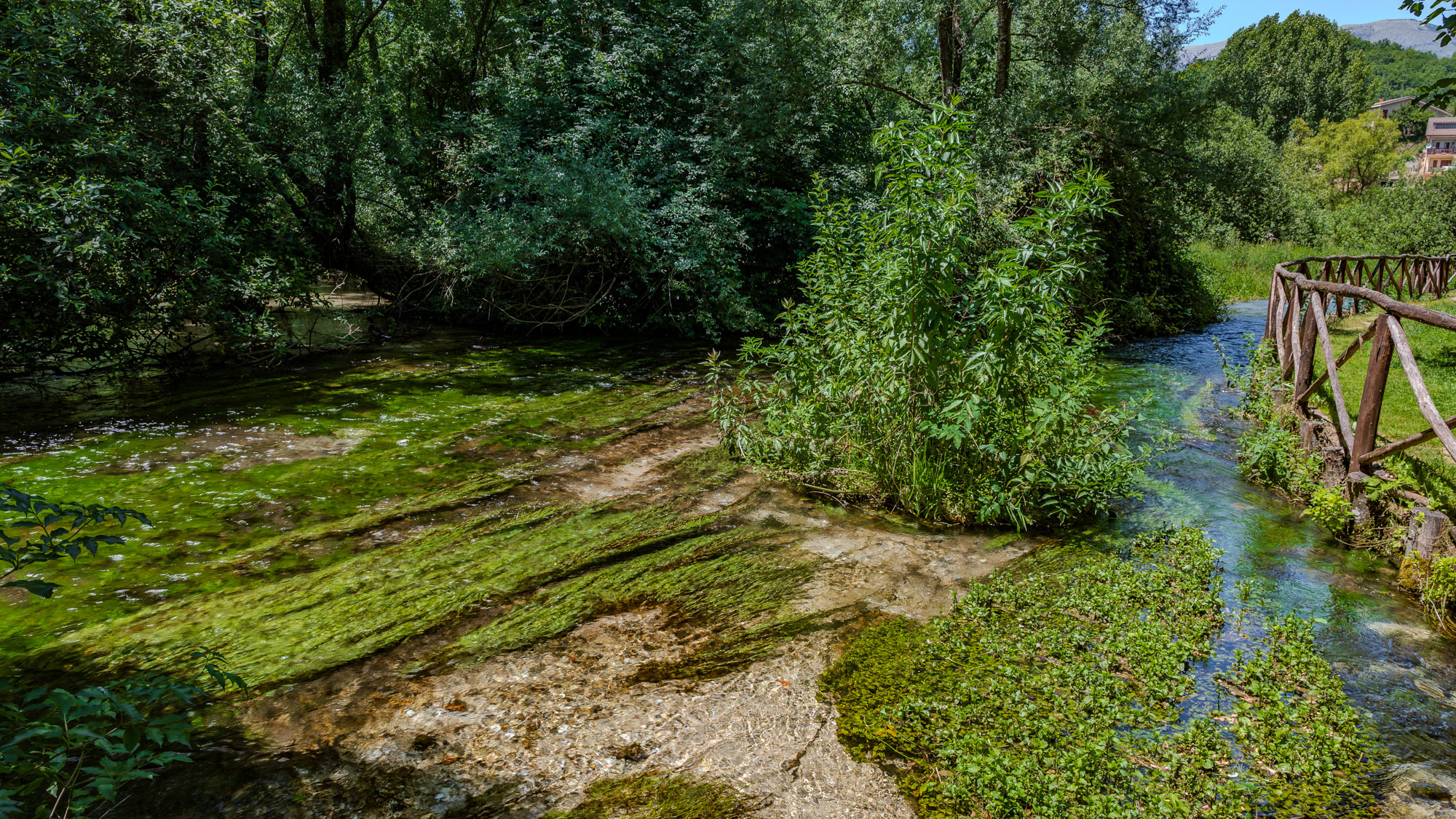
2024
Posta Fibreno lake nature reserve, Frosinone
The Posta Fibreno lake is located in the Comino Valley. In addition to its endemic fauna, the lake is known for the presence of a natural floating island already described by Plinio il Vecchio.

2014
Terracina, Temple of Jupiter Anxur
The temple of Jupiter Anxur is a Roman temple built on an imposing construction of the 1st century BC. on Mount Sant'Angelo, in the city of Terracina, in the province of Latina.
